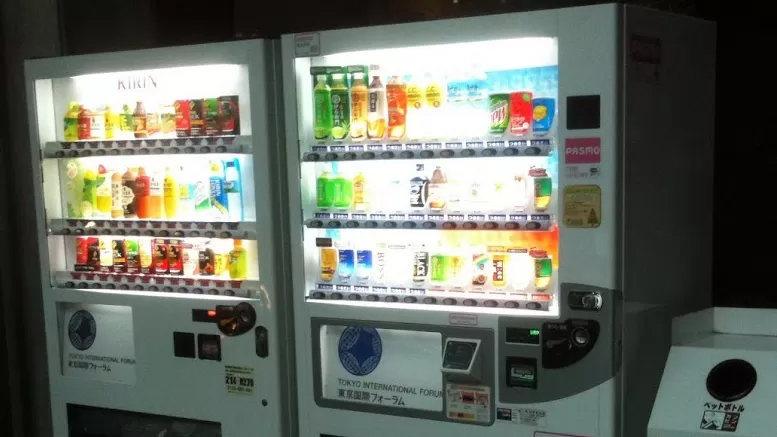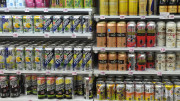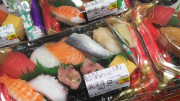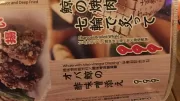With the abundance of vending machines in Japan, you might assume they’re filled with Coca-Cola, but surprisingly, Coke is rarely seen. Instead, you’ll find an array of fascinating and sometimes unusual beverages.

Overly sweet coffee drinks were introduced for the Tokyo Olympic Games in 1964 and have since become immensely popular. In fact, Coca-Cola’s Georgia brand is Japan’s second-best-selling drink, following Oi Ocha Ito-En’s green tea and the sports drink Aquarius. Aquarius is a cloudy, almost clear liquid, sometimes even containing a seed or two in the bottle. Another popular Coca-Cola product is Qoo, a non-carbonated fruit-flavoured drink available in orange and grape. It has also gained popularity across Asia.
A unique feature of Japanese vending machines compared to those elsewhere in the world is that they serve both hot and cold drinks from the same machine.
Among the most popular and intriguing drinks are sports drinks. One standout is Pocari Sweat, an immensely popular beverage with a refreshing, mild taste, often described as a mix of grapefruit, bubblegum, and an unidentifiable flavour.
Another well-loved drink is Calpis Water, a non-carbonated beverage, which also comes in a carbonated variety called Calpis Soda. Despite its milk-based origins—containing water, dry milk powder, and lactic acid—it doesn’t have an obvious dairy taste. It comes in various fruit flavours, and there’s even an alcoholic version called Calpis Bartime.
CC Lemon is Japan’s take on lemon-flavoured drinks found elsewhere. Its packaging is especially interesting: the front label states how many lemons’ worth of vitamin C are in the can or bottle (a 500ml bottle claims 70 lemons’ worth). However, the ingredients list on the back suggests a vitamin C content ranging from 0 to 50%, a classic example of quirky Japanese marketing.
Other popular beverages include wheatgrass and wheat germ-based drinks, along with a wide variety of soy and tea-based drinks.
For coffee lovers, well-known vending machine coffee brands include Boss, Wonda, and Fire, the latter being a strangely named brand. These coffee drinks are available both hot and cold, depending on the season and the vending machine’s settings. Corn soup is also sold in cans in these hot vending machines and makes for a tasty treat on a cold day.
Japan’s beverage industry is constantly evolving, with an estimated 300 new soft drink brands launched each year. Some fail within a month, while best-selling drinks can reach production levels of over half a billion cans or bottles annually.




